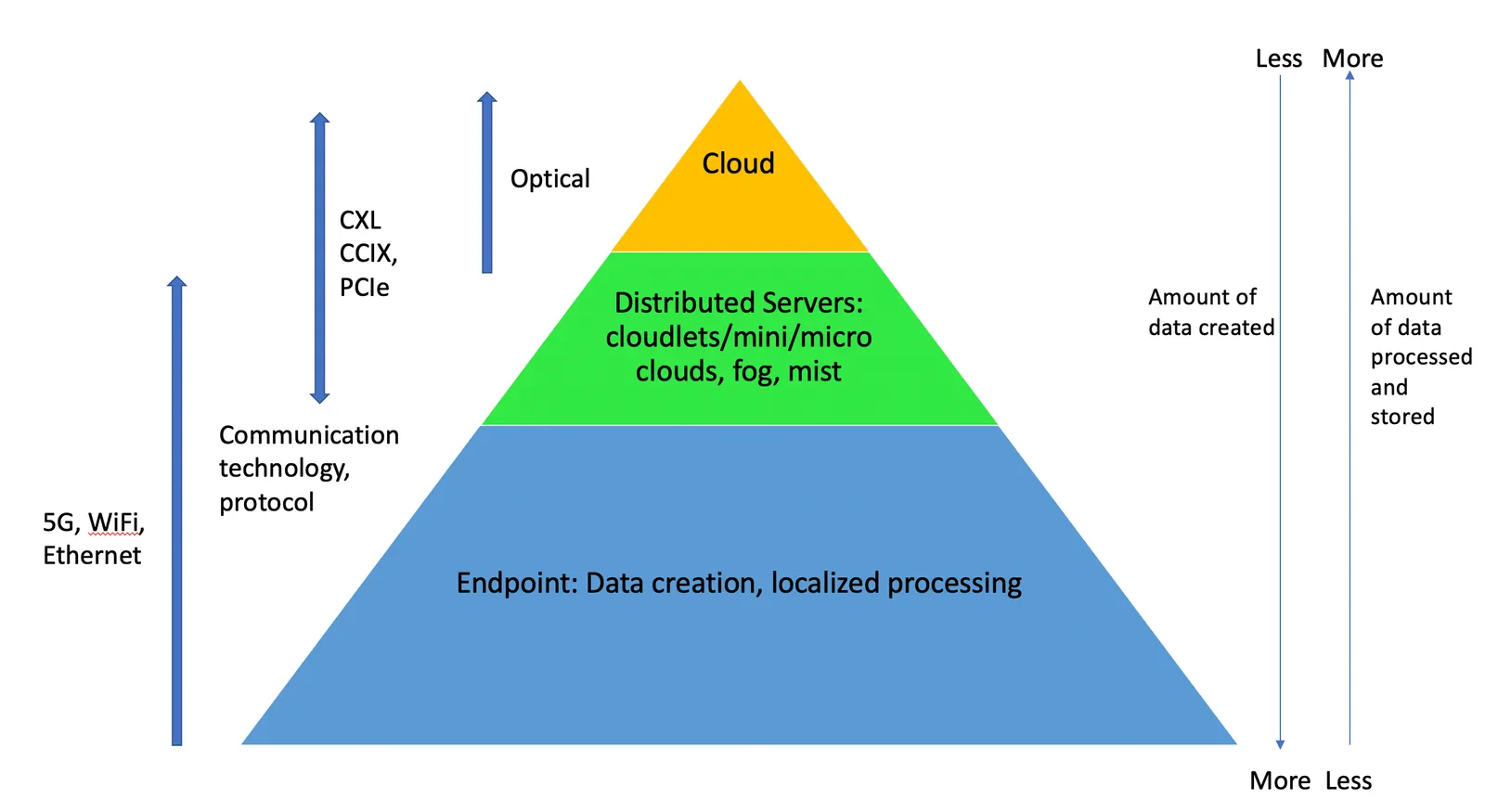Even though new technologies are appearing all the time, the aggregate direction of travel of the past decade has been clear: away from local, distributed data processing and toward cloud storage.
This shift was partially motivated by the explosion in the numbers of connected devices over the past ten years, which has also necessitated that data be brought together in one place for processing and storage.
Now, however, a strange reversion might be occurring. The growing popularity of small, distributed clouds, or “cloudlets” in the nomenclature, is an implicit recognition of the limitations of the “traditional” cloud model, and could signal a major shift in the way that data is collected, stored, and processed. In this article, we’ll look at the rise of cloudlets: what they are, the challenges they present, and whether they are a more viable way of networking devices than the clouds we’ve grown used to.
Hyperscale vs. localscale
Though the term “cloudlet” is still relatively new (and relatively obscure) the central concept of it is not. Even from the earliest days of cloud computing, it was recognized that sending large amounts of data to the cloud to be processed raises bandwidth issues. Over much of the past decade, this issue has been masked by the relatively small amounts of data that devices have shared with the cloud.
Now, however, the limitations of the standard cloud model are becoming all too clear. There is a growing consensus that the growing volume of end-device data to the cloud for processing is too resource-intensive, time-consuming, and inefficient to be processed by large, monolithic clouds.
Instead, say some analysts, these data are better processed locally. This processing will either need to take place in the device that is generating these data, or in a semi-local cloud that is interstitial between the device and an organization’s central cloud storage.
This is what is meant by a "cloudlet”: intelligent device, cloudlet, and cloud. Cloudlets can be viewed as a datacenter in a box, with the goal to bring the cloud closer to the device by providing it with the ability to process at least some data locally.
It’s worth noting that this approach is significantly different from the way in which IoT infrastructure has been assumed to work. Even a few years ago, it was assumed that 5G connectivity would allow all of the data processing required for IoT devices – up to and including autonomous vehicles – to be performed in the cloud.
It’s becoming increasingly clear, however, that the computational requirements of these devices – and particularly the desire to equip them with voice-recognition interfaces – is far larger than can be handled in monolithic clouds.
#cloud computing #internet of things #big data #cloud #architecture & design #devops #article
